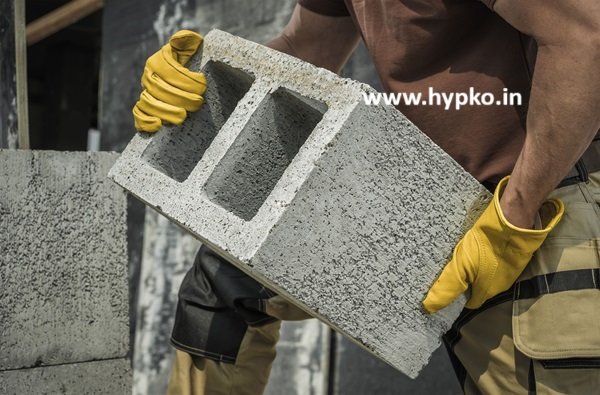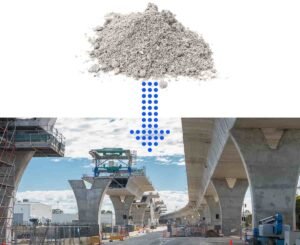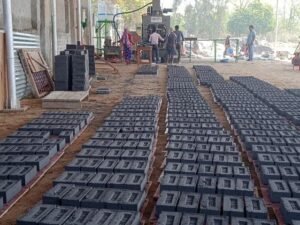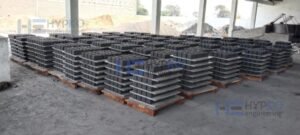Hollow blocks, also known as concrete blocks or cinder blocks, are commonly used in construction projects due to their numerous advantages. They are versatile, cost-effective, and provide excellent thermal insulation. In this article, we will explore the various aspects of hollow block, including their size, advantages, disadvantages, uses, and the process of making them.
Table of Contents
Size of Hollow Blocks
Hollow block come in different sizes, depending on the specific requirements of the construction project. The most common sizes include:
- 4-inch hollow block: These blocks are commonly used for partition walls and non-load bearing structures.
- 6-inch hollow block: These blocks are suitable for load-bearing walls and other structural elements.
- 8-inch hollow block: These blocks are used for heavy-duty load-bearing walls and foundations.
It is important to choose the appropriate size of hollow block based on the intended use and the structural requirements of the project.
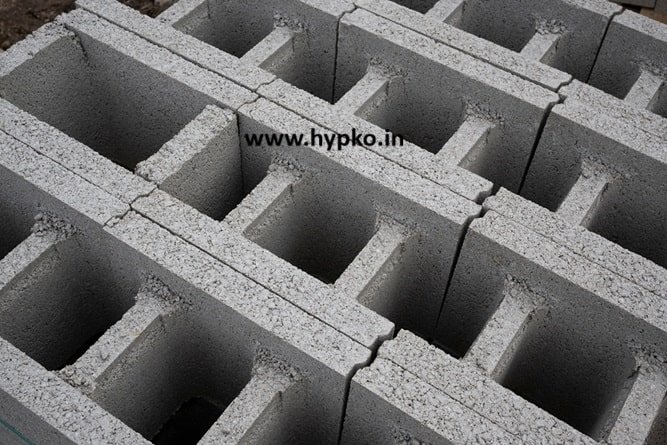
Advantages of Hollow Block
Hollow block offer several advantages that make it a popular choice in construction:
- Lightweight: These blocks are lightweight compared to solid concrete blocks, making them easier to handle and transport.
- Thermal Insulation: The hollow core of these blocks provides excellent thermal insulation, helping to regulate the temperature inside buildings.
- Cost-effective:These blocks are cost-effective as they require less concrete during manufacturing, resulting in lower production costs.
- Sound Insulation: The air gaps within these blocks help to reduce sound transmission, making them ideal for noise-sensitive areas.
- Fire Resistance: Hollow block has good fire resistance properties, offering enhanced safety in case of fire.
Disadvantages of Hollow Block
While hollow blocks have numerous advantages, they also have a few disadvantages that should be considered:
- Lower Strength: Hollow block is not as strong as solid concrete blocks, so they may not be suitable for certain load-bearing applications.
- Moisture Absorption: The hollow cores of these blocks can absorb moisture, which may lead to issues such as efflorescence and mold growth if not properly waterproofed.
- Requires Skilled Labor: The correct installation of hollow block requires skilled labor to ensure proper alignment and structural integrity.
Uses of Hollow Block
Hollow block has a wide range of uses in construction projects:
- Walls: Hollow block is commonly used for constructing walls, both load-bearing and non-load bearing.
- Foundations: These blocks are suitable for constructing foundation walls due to their strength and stability.
- Partition Walls: Hollow block is often used for creating partition walls in residential and commercial buildings.
- Paving: Hollow block can be used for creating paved areas such as driveways, walkways, and patios.
- Retaining Walls: The strength and durability of hollow block make it suitable for constructing retaining walls.
The Making Process of Hollow Block
The manufacturing process of hollow block involves several steps:
- Mixing: Cement, sand, and aggregate are mixed in the correct proportions to create a homogeneous mixture.
- Molding: The mixture is poured into molds, which are then vibrated to remove air bubbles and ensure proper compaction.
- Curing: The molded blocks are left to cure for a specific period to gain strength and durability.
- Drying: After curing, the blocks are dried to remove excess moisture and prepare them for use.
It is important to follow proper manufacturing processes and quality control measures to ensure the production of high-quality hollow block.
Conclusion:
Hollow blocks are a versatile and cost-effective construction material with several advantages. They are available in different sizes, suitable for various applications, and provide excellent thermal and sound insulation. However, they also have some disadvantages, such as lower strength and moisture absorption. By understanding the uses, advantages, disadvantages, and manufacturing process of hollow block, construction professionals can make informed decisions regarding their incorporation into building projects.

